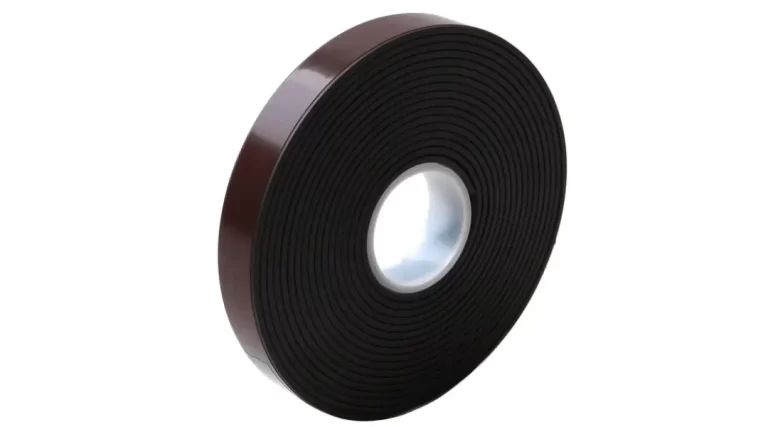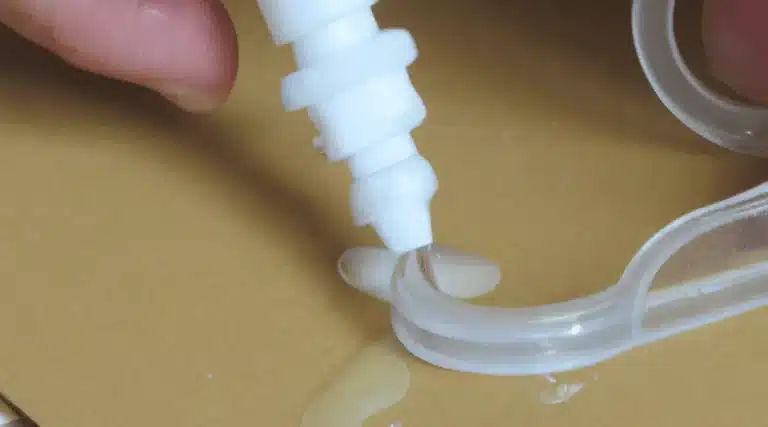Removable adhesive is a type of glue-like substance that can be easily removed from surfaces without leaving any residue or damage. It is a versatile option for a variety of applications, from home decor to office supplies. Removable adhesive can be used for temporary installations, such as posters, banners, and wall decals, as well as for more permanent uses like mounting photographs or artwork.
The popularity of removable adhesive has grown significantly in recent years due to its convenience and ease of use. It offers a range of benefits that make it a preferred alternative to traditional adhesives such as tape or glue.
In this article, we will explore the definition of removable adhesive, its uses, the pros and cons of using it, and some tips for getting the most out of this versatile product. Whether you are a DIY enthusiast, an artist, or a professional, understanding the properties and applications of removable adhesive can help you achieve your goals more efficiently and effectively.
Definition of Removable Adhesive
The definition of a temporary bonding agent that allows for easy detachment without damaging the surface to which it is applied is a key concept in the realm of adhesive technology. Removable adhesive is a type of adhesive that can be easily removed from a surface without leaving any residue or damaging the surface. It is a popular choice for applications where a temporary bond is required, such as in the construction of prototypes or for hanging posters and artwork.
There are several benefits of using removable adhesive, including easy removal without damage, versatility in application, and cost-effectiveness. There are also many types of removable adhesive products available, including tape, glue dots, and spray adhesives. These products come in different strengths and are designed for use on various surfaces, making them a popular choice for both personal and professional use.
Moving on to the uses of removable adhesive, it is important to understand the many ways in which this versatile adhesive can be used.
Uses of Removable Adhesive
This type of solution is commonly employed in situations where a temporary attachment is required, such as in the construction of temporary displays or in the mounting of posters or artwork. Removable adhesive allows for temporary bonding and non-permanent mounting that can be easily removed without causing damage or leaving residue on the surface.
It is ideal for situations where the item being mounted needs to be removed or replaced frequently, such as in retail displays or in temporary office signage. Removable adhesive is also often used in the manufacturing of electronic devices, where components need to be held in place during assembly but must be easily removable for repairs or upgrades.
Overall, the uses of removable adhesive are vast and varied, providing a versatile solution for temporary bonding needs. Moving on to the pros of using removable adhesive, it offers several benefits over other types of adhesives.
Pros of Using Removable Adhesive
Temporary attachment solutions offer numerous benefits over other bonding methods and should be considered in contexts where frequent replacement or removal is necessary.
One of the primary advantages of using removable adhesive is the flexibility it provides in terms of design and application. With removable adhesive, you can experiment with different placements and configurations without the fear of damaging the surface or the adhesive losing its effectiveness.
Additionally, it allows for easy and clean removal without leaving any residue or damage to the surface. This makes it especially useful in applications such as wall art, posters, and temporary signage.
Temporary attachment solutions also provide a cost-effective option, as they eliminate the need for permanent fixtures and can be reused multiple times.
The versatility and practicality of removable adhesive make it an attractive option in numerous contexts. However, there are also some drawbacks to consider when using this type of adhesive, which will be discussed in the subsequent section about the cons of using removable adhesive.
Cons of Using Removable Adhesive
Detriments of deploying disengageable bonding could potentially outweigh the benefits, especially in situations where durability and moisture resistance are critical factors. Although removable adhesive is designed to be easily removed without leaving any residue, it may not hold up as well as permanent adhesives in extreme conditions.
Additionally, some types of removable adhesive may not be environmentally friendly and could contribute to waste. While removable adhesive may seem like a convenient choice for temporary projects or renters, there are alternative options available that could provide better results.
It’s important to consider the potential drawbacks before committing to using removable adhesive. With this in mind, it’s worth exploring tips for using removable adhesive that can help mitigate some of the cons.
Tips for Using Removable Adhesive
When it comes to using removable adhesive, there are several application techniques that can help ensure a successful and hassle-free experience.
Firstly, it’s important to clean the surface thoroughly before applying the adhesive to ensure maximum adhesion.
Secondly, apply the adhesive evenly and in a thin layer to avoid any lumps or bumps.
Thirdly, wait for the adhesive to dry completely before sticking anything onto it. This will prevent any slipping or sliding of the object.
When it comes to removal methods, gently peel the adhesive away from the surface rather than pulling it off forcefully. This will prevent any damage to the surface and ensure that the adhesive comes off cleanly.
By following these best practices, using removable adhesive can be a great temporary bonding solution.
Transitioning to the next section, it’s important to consider both the pros and cons before deciding if it’s the right choice for your specific needs.
Conclusion and Final Thoughts
The potential impact of proper application and removal techniques on the durability of surface materials warrants consideration when evaluating the viability of this bonding solution.
Removable adhesive offers a range of benefits over permanent adhesive, including the ability to remove without damage or residue, and the flexibility to reposition or adjust as needed. However, it is important to note that removable adhesive may not provide the same level of strength or longevity as permanent adhesive, and may not be suitable for all applications.
When deciding between the two, it is important to consider the specific needs of the project and weigh the pros and cons of each option before making a decision.
Overall, removable adhesive can be a valuable tool for a range of projects, but proper application and removal techniques are crucial to ensure the best results.
Conclusion
Removable adhesive is a type of glue that can be easily removed without leaving behind any residue or damage to the surface. It is commonly used in various applications such as wall decorations, posters, and temporary signage.
The pros of using removable adhesive include its ease of use, versatility, and ability to be repositioned as needed. However, some cons of using this type of adhesive include its limited holding strength and potential for damage to delicate surfaces.
To use removable adhesive effectively, it is important to follow the manufacturer’s instructions and avoid using it on surfaces that are not recommended. Additionally, it is recommended to test the adhesive on a small, inconspicuous area before applying it to a larger surface.
According to a recent survey, 68% of consumers prefer using removable adhesive over permanent adhesive when it comes to home decor and organization projects. This statistic highlights the increasing popularity of removable adhesive in the market.
Overall, removable adhesive offers a convenient and flexible solution for temporary bonding needs. By understanding its uses, pros, cons, and tips for use, users can effectively incorporate this adhesive into their projects and achieve their desired results.





